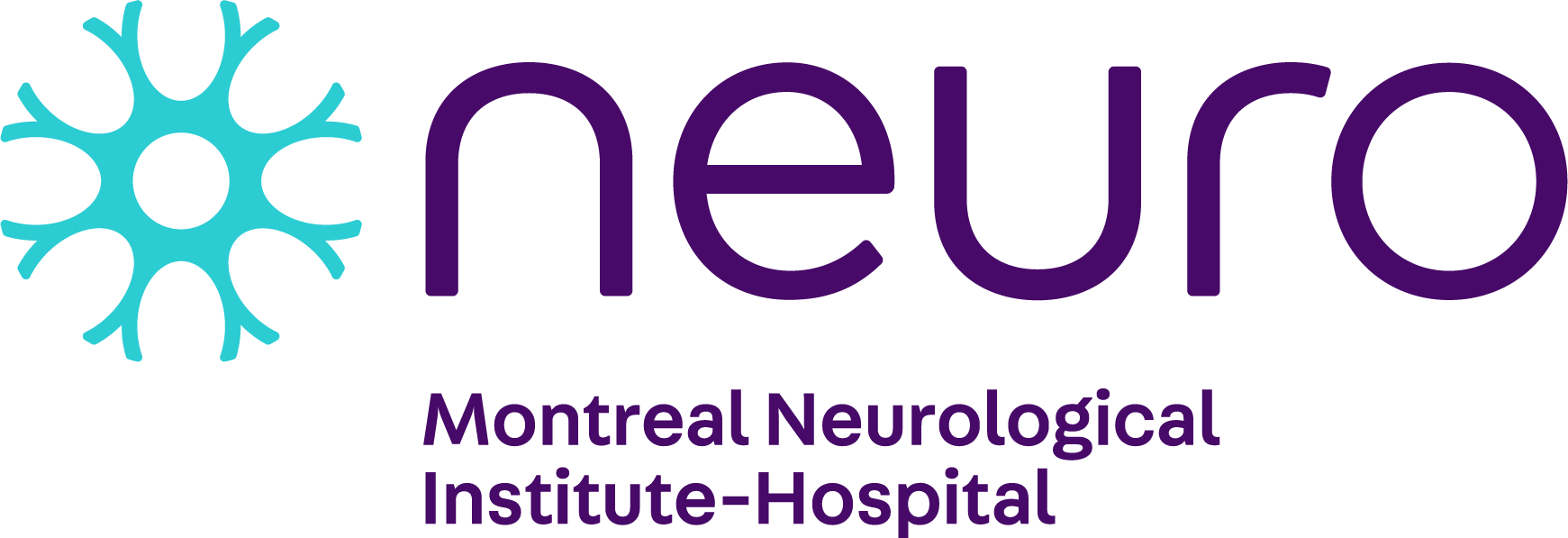A neurological disease paradigm shift

Researchers propose a new model for classifying Parkinson’s
Ã˝
One of the things that makes developing effective treatments for Parkinson’s disease so challenging is its complexity. While some forms are caused by genetics, others have environmental factors, and patients can show a wide range of symptoms of varying severity. Diagnosis of Parkinson’s is also currently made very late, after the disease may have been in the brain for a decade or more.
In a paper published in The Lancet Neurology, a group of scientists argue that this complexity demands a new way of classifying the disease for research purposes, one based not on clinical diagnosis but biology. The authors have called their biological model “SynNeurGe”.
The “Syn” stands for alpha-synuclein, a protein that in most Parkinson’s patients causes abnormal deposits called Lewy bodies. Abnormalities in synuclein identify and probably cause degenerative changes in the brain that can impact movement, thinking, behaviour and mood.
“Neur” stands for neurodegeneration. This is the breakdown of the function of neurons in the brain. In doctor’s offices, specific neurons in the dopamine system are the way that Parkinson’s is diagnosed. In the SynNeurGe model, however, neurodegeneration in all areas of the brain are included in the classification.
The “Ge” stands for genetics. The role of genetics in Parkinson’s is complex. Mutations in many different genes have been found to predispose someone to the disease. The likelihood of developing Parkinson’s disease depends on the gene involved, the specific mutation within the gene and environmental exposures.
The authors argue that for research purposes, patients should be classified by the presence or absence of these three factors. This would allow the identification of Parkinson’s patients before symptoms appear, and aid the development of treatments tailored to patients’ unique biology. Right now, patients are diagnosed based on symptoms and signs, even though the disease may have been present in their brain for many years . By shifting classification criteria, researchers can identify disease earlier (even before people may experience symptoms), and target specific patient groups that have more in common with each other biologically, giving drug development a higher chance of success.
‚ÄúAlthough this is still for research purposes, this is a major shift in thinking,‚Äù says Dr. Ron Postuma, a clinician-scientist at The Neuro (Montreal Neurological Institute-Hospital) of ∆ΩÃÿŒÂ≤ª÷– and one of the study‚Äôs authors. ‚ÄúIf you think of it, it‚Äôs quite unusual that we‚Äôve had to wait until Parkinson‚Äôs patients have important symptoms before we could make a diagnosis. We don‚Äôt wait for someone to feel pain from cancer before we diagnose it.Instead, we detect and diagnose it, hopefully before someone is aware of any symptoms. This research classification is a critical step towards bringing our thinking about Parkinson‚Äôs into the 21st century.‚Äù
“” was published by Günter U. Höglinger et al. in The Lancet Neurology on Jan. 22, 2024, senior author Dr. Anthony Lang, the Lily Safra Chair in Movement Disorders at UHN’s Krembil Brain Institute, and the Jack Clark Chair for Parkinson's Disease Research and a Professor in the Department of Medicine, at the University of Toronto.



